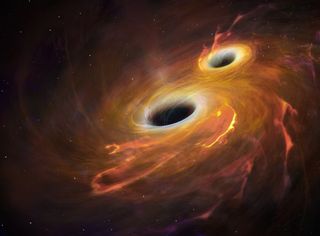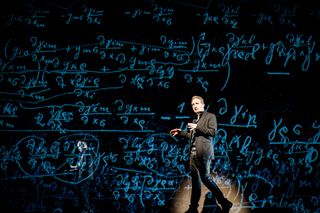Gravitational Waves: The latest discoveries and star crash news
Latest about gravitational waves
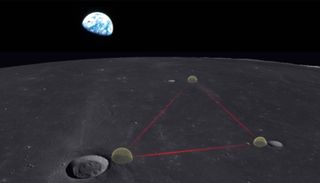
We could hunt gravitational waves on the moon if this wild idea takes off
By Mike Wall published
The moon is a great place to hunt for ripples in space-time, a new study argues.
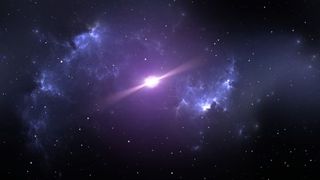
Neutron star 'mountains' may be blocking our view of mysterious gravitational waves
By Harry Baker published
Scientists have used computer models to predict the size of minuscule deformations, or mountains, on the surfaces of neutron stars, which are responsible for causing gravitational waves as they spin.
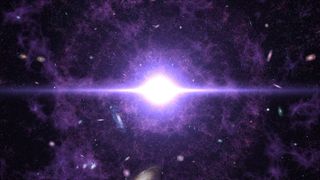
Seeing the 'real' Big Bang through gravitational waves
By Paul Sutter published
The earliest and most momentous epoch in the history of the universe released a flood of gravitational waves, tiny ripples in the fabric of space-time.
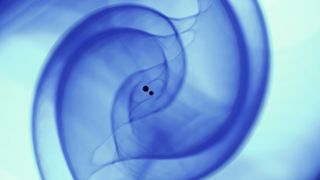
Can artificial intelligence help scientists spot gravitational waves?
By Chelsea Gohd published
Scientists hunting for elusive gravitational waves across the universe may be able to supercharge their discoveries with a new tool: artificial intelligence.
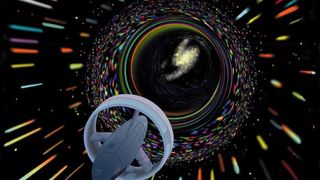
The hunt for wormholes: How scientists look for space-time tunnels
By Colin Stuart, All About Space magazine published
Usually confined to the pages of science fiction, astronomers are starting to think wormholes through space-time might be real after all.
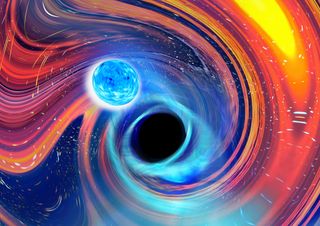
Scientists catch 1st glimpse of a black hole swallowing a neutron star
By Meghan Bartels published
After more than four years of exploring a menagerie of cosmic happenings through gravitational waves, scientists have finally spotted the third expected variety of collision — twice.

Famous Stephen Hawking theory about black holes confirmed
By Ben Turner published
Physicists analyzed data from the first ever gravitational waves detected to prove Hawking's theory, and think that even more could be discovered from studying the ripples in space-time.

Gravitational wave 'memories' could help us find elusive cosmic strings
By Paul Sutter published
Many theories of the early universe predict that the cosmos should be flooded with cracks in space-time, called cosmic strings, but no cosmic strings have been detected yet.
Breaking space news, the latest updates on rocket launches, skywatching events and more!
